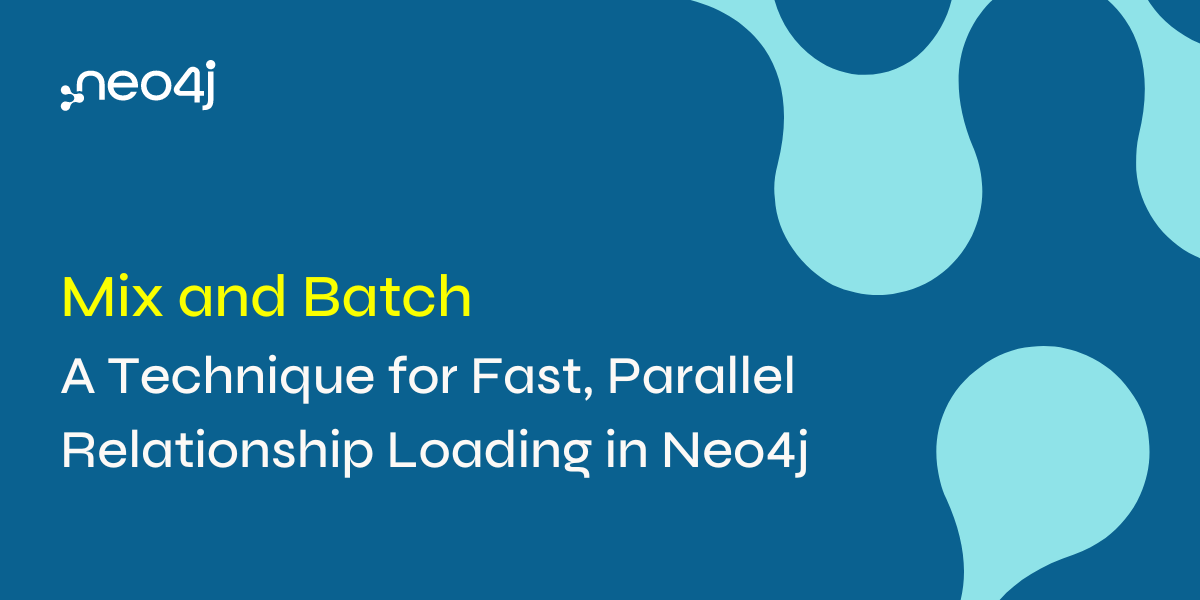The Internet of Things Is a Graph and Graphs Are IoT

VP & Principal Analyst, Constellation Research
4 min read

 Note: opens in new tab
Andy Mulholland will be one of the keynote speakers at opens in new tab
GraphConnect Europe. Get your ticket to hear Andy’s presentation on 26 April 2016.
Note: opens in new tab
Andy Mulholland will be one of the keynote speakers at opens in new tab
GraphConnect Europe. Get your ticket to hear Andy’s presentation on 26 April 2016.The usual reaction to a title like this is one of complete incomprehension. This would seem to be due in equal measures to a lack of knowledge of graph technology, and a similar lack of knowledge about the Internet of Things (IoT).
Putting the two together calls for a measure of experience that regular IT practitioners are currently unlikely to have, but are going to have to gain pretty quickly. Why pretty quickly? There are inescapable competitive pressures coming from IoT early adopters, even going as far as the transformation of business models across industry sectors.
A Connected Data Example: Uber
Uber is a classic example in its global impact on the taxi industry. Though how many people recognize Uber for more than a smartphone app? In reality it is a ‘smart service’ made possible by collecting, collating, storing and processing the data from a huge number of smartphones running its app.
These phones, acting as IoT devices, sense the location of a customer and cab driver, mixed with data on traffic flow, weather and other activities. Using near-real-time data consumption coupled with a new generation of complex event processing produces the optimization matches. It’s a good example of the business value that IoT can bring based on using more data more quickly to deliver better results than previously possible.
Where Graph Databases Come In
But spare a thought for how all of this data is ‘handled’ and – just like other breakthroughs in smart web services such as Google Photos – it’s all about opens in new tabgraph databases with their unique characteristics.
The well-known joke of graph practitioners says it all: ‘The trouble with relational databases is that there are no relationships’.
The truth is that a relational database does have relationships, but the relationships are fixed to a pre-planned process and outcome, and that’s the problem. IoT produces value through making un-foreseen matches, which in turn will produce unique actionable outcomes of greater business value. To achieve this, half of the capability lies in the manner in which data is stored, and the other half lies in the manner in which complex event processes consume the ‘matched’ data.
An IoT Building Management Example
An example: To know that a large item like an air conditioning unit is on the verge of failure through improved sensing management is an important and valuable ‘event’. To resolve the looming problem with a preventative maintenance that achieves a one-visit fix at convenient time is the actionable outcome that produces business value.
The graph data store, often called an event hub by IoT practitioners, has to match to the event data trigger to a range of contextual data. In building management systems supporting items such as an air conditioning unit will require at least five significant data graphs, namely:
- Make and model of the air conditioning unit
- Customer name, service contract and associated details
- Location and associated data
- Permission and security requirements
- Network of associated and interconnected services/equipment
First-fix preventative maintenance is reckoned to reduce the cost of maintaining office equipment to around an eighth of current expenditure, no small cost reduction, and hence the earlier comment about rapid rates of adoption. However, there are other challenges on the data side that need to be addressed covering both aggregated volumes of data and the very small data payload of inputs.
A ten-floor office block is expected to have around 100 to 250 IoT sensors per floor, reporting on everything from the building itself, to office products such as photocopiers and coffee machines. A digital profile of varying size will need to be stored for each of these IoT devices.
On receipt of an event trigger, the relationships between devices and the event will need to be established through graphs. Additionally, most, if not all, IoT devices will be transmitting some kind of data, even if it is only a keep-alive signal, in the form of minute-data payloads that will also need to be stored.
The IoT event hub data store must have the flexibility to accommodate all of these parameters, and of course, this leads to the widespread adoption of graph databases as the preferable form of data store for IoT.
The Internet of Things, Like Graphs, Is Everywhere
Already there are some remarkable deployments that are changing diverse industry sectors ranging from agriculture with John Deere offering ‘Precision Farming’ to General Electric (GE) in ‘Railroad Operations as a Service’, but overall we are still in the early days for IoT.
As the enterprise focus increasingly changes towards investing in new competitive ‘digital’ business offerings for increased revenues and margins, so does IoT-supported smart service become the business norm. Conversely, the pressures created by the exponential rise in the number of connected devices, and smart services, equally provides the opportunity for new competitive business offerings.
One way or another, and most probably due to the pressure of both push and pull commercial forces the Internet of Things will dominate the future of business, and that also means graph data usage will rise in parallel.
Want to hear more on how the Internet of Things intersects with the world of business – and how graphs bring both together? Click below to register for opens in new tabGraphConnect Europe on 26 April 2016 and don’t miss Andy Mulholland’s keynote address!







